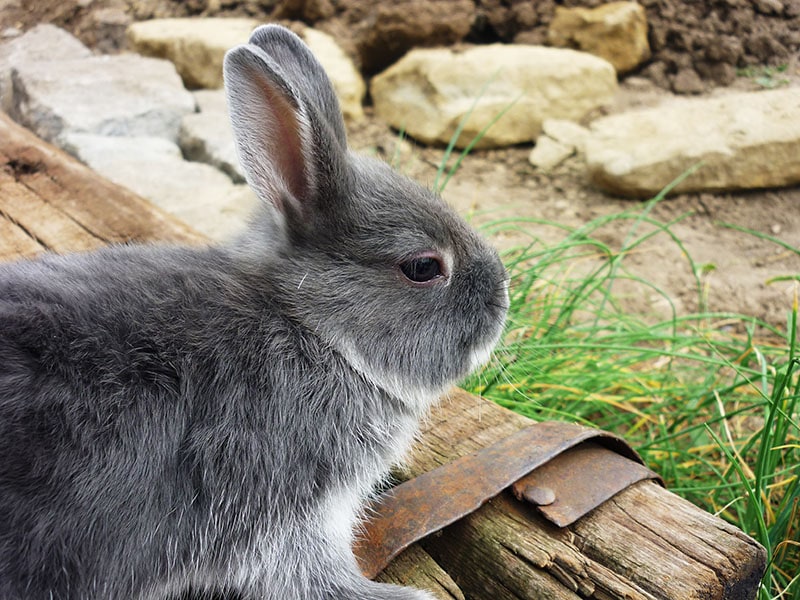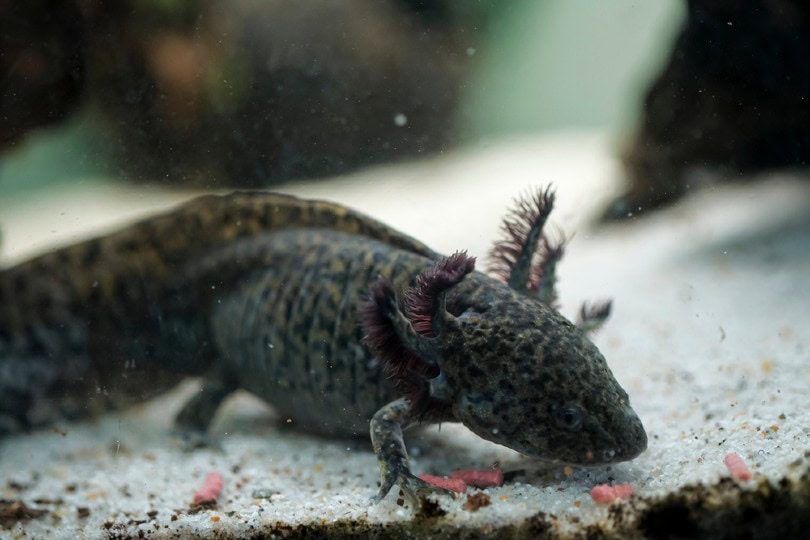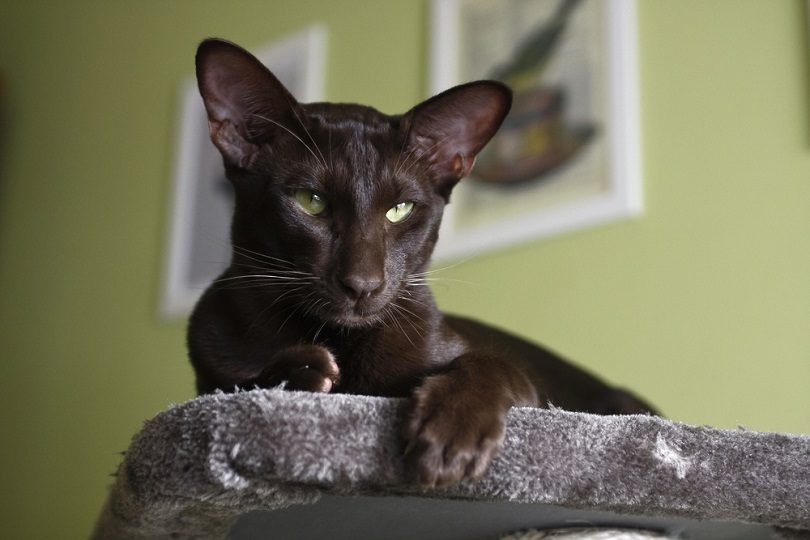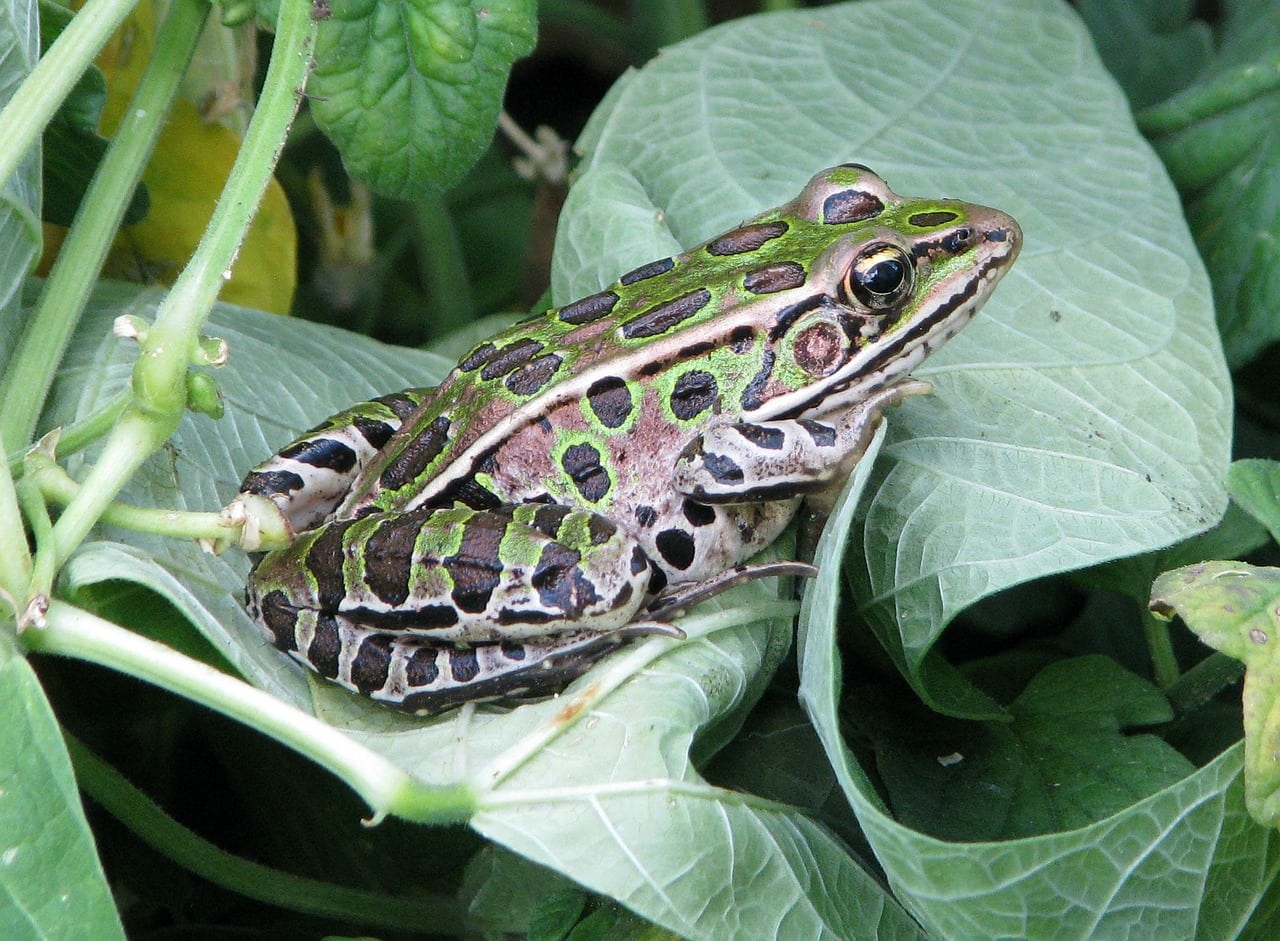Rabbits are wildly popular pets; they’re smaller than cats and dogs, generally gentle, and relatively friendly. They’re great for those living in apartments and other smaller spaces (though their hutches might take up more room than expected!) and can even cost less than the typical pet. If you know rabbits, you’re familiar with the breeds most commonly kept as pets. But how well do you know the rarer breeds?
Several rare and exotic rabbit breeds aren’t in the limelight as much as the more common bunnies. Many are endangered or getting there, so there are fewer of them available. But if you’re a rabbit fan, you’ll enjoy learning more about them (and might even find a new favorite breed while you’re at it!).

The 12 Rare and Exotic Rabbit Breeds
1. American Blue
This rare breed was initially known as the German Blue Vienna, but the name was changed to American Blue after World War I. The American Blue was recognized by the American Rabbit Breeders Association (ARBA) in 1918 and is unique to North America.
However, it’s now become the rarest breed in the U.S. and is on the watchlist of the Livestock Conservancy. They were bred primarily for fur and meat, but some breeders are now trying to make the breed into a show rabbit. As a fairly hardy breed and a gentle medium-sized rabbit, the American Blue can make an excellent pet.
2. American Chinchilla
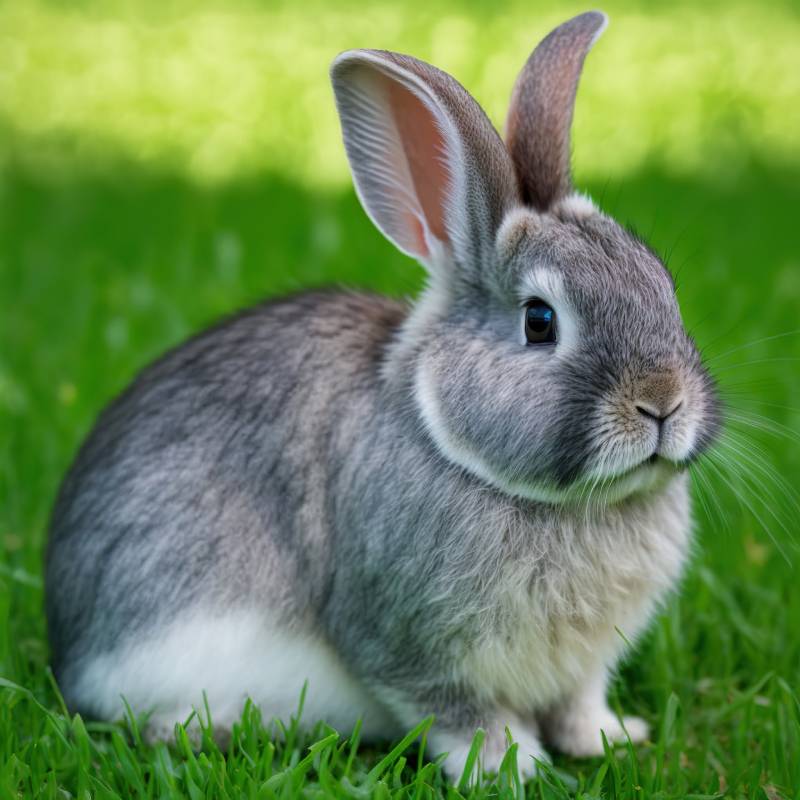
The original Chinchilla rabbits debuted in 1913 in France and were much smaller than the American Chinchilla. Breeders in the States decided to make the Chinchilla larger so it would have a larger pelt (and produce more meat). Thus, the American Chinchilla was born.
However, because rabbit fur and meat trading have declined, the breed has become rarer and is listed by the Livestock Conservancy as critical. Because of their gentle, good-natured temperaments, they are still sold as household pets.
3. American Sable
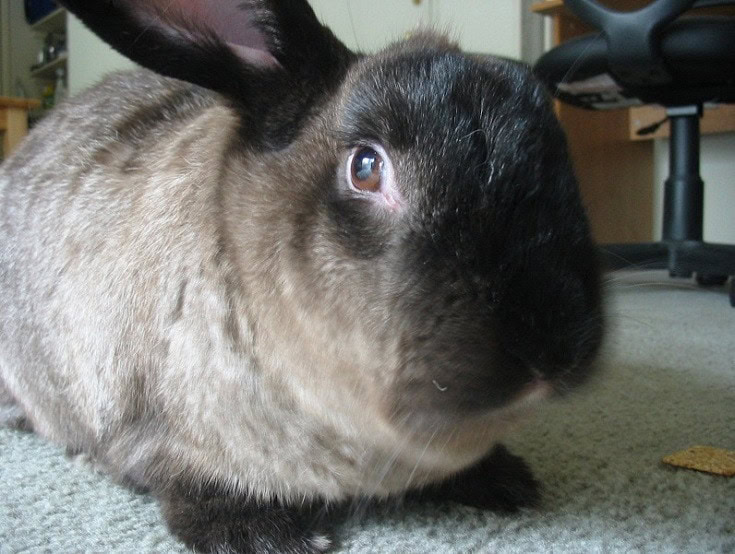
The American Sable is one of the breeds on this list that isn’t at risk but is still considered rare. You’d be correct if you think they look similar to a Chinchilla rabbit since they’re related. The American Sable is most often used for meat production since they produce high-quality meat, but you will occasionally see them kept as pets. However, the American Sable is easily stressed and somewhat timid, so they don’t do well in homes with children.
4. Belgian Hare
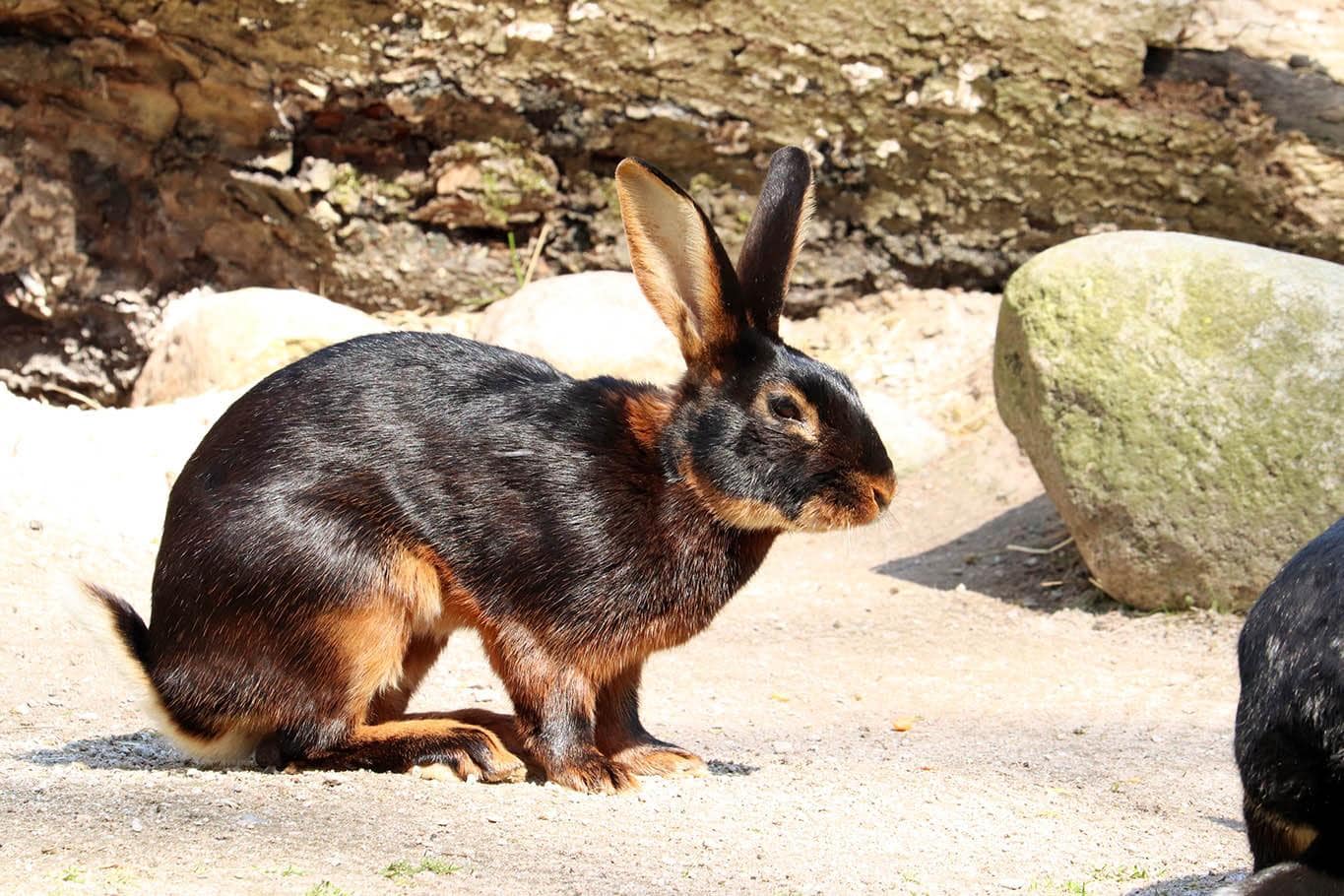
The Belgian Hare isn’t actually a hare but merely a rabbit bred to look like a hare. They were initially bred for meat production, but you’ll find them as show rabbits and pets more often. While they can make excellent pets due to their sweet personalities and energetic nature, some Belgian Hares can be nervous and startle easily, so they don’t do well in smaller spaces. The breed is currently listed as threatened by the Livestock Conservancy.
5. Blanc de Hotot

These bunnies are striking with their white fur and black rings around the eyes. The Blanc de Hotot was popular in Europe in the 1920s but nearly died out during World War II. Though initially appearing in America between 1921 and 1922, they quickly faded into obscurity, only reappearing in 1978 when eight rabbits were imported from France.
ARBA recognized the breed in 1979. Only a few exist worldwide, so the Livestock Conservancy has listed them as critical.
6. Columbia Basin Pygmy
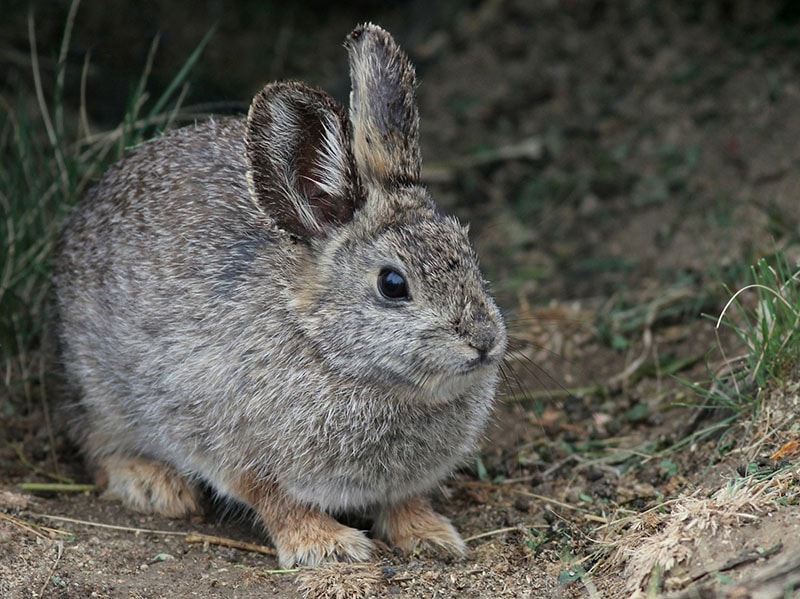
This rare bunny is the tiniest of the rabbit family, only weighing about 1 pound when fully grown. Unfortunately, the Colombian Pygmy is nearly extinct in the wild, so you won’t be able to own one of these small rabbits yourself. However, you can visit the rabbits at the Oregon Zoo, where conservationists are hard at work trying to breed them and conserve them in the wild!
7. Harlequin
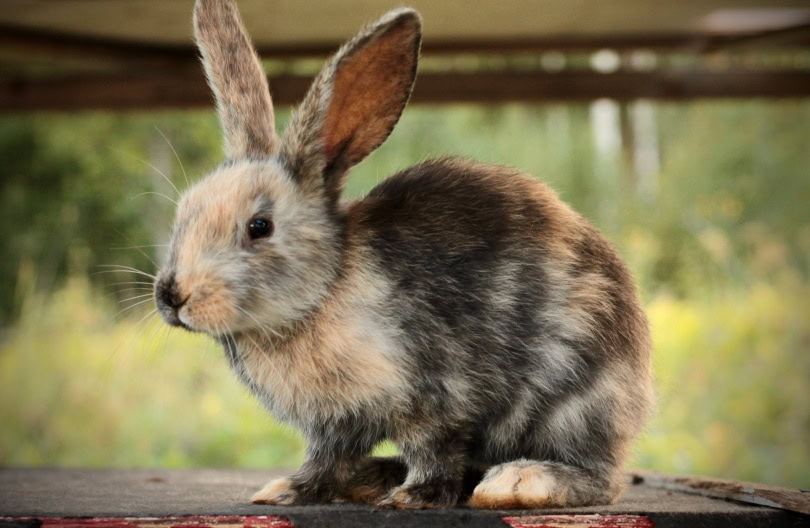
These beautiful rabbits are known for their striking and unique coloration. The Harlequin rabbit’s face is evenly divided into two colors, while the body features alternating bands of color. The breed used to be highly popular (and insanely expensive), but they’re much rarer these days and typically can only be found with show enthusiasts.
As pets, the Harlequin is relatively easygoing and playful. Perpetually curious, they love to explore their surroundings. However, they need extensive early socialization!
8. Pointed Beveren
Beveren rabbits come in many varieties, but the rarest one is the Pointed Beveren. They look similar to the regular Beveren rabbits but have white-tipped fur. The Pointed Beveren is a fur rabbit that makes an excellent pet (particularly for kids). Known as gentle giants, Pointed Beverens are larger and have calm, sweet personalities. However, they have long hair that requires plenty of grooming and need a lot of space to run and play in!
9. Rhinelander
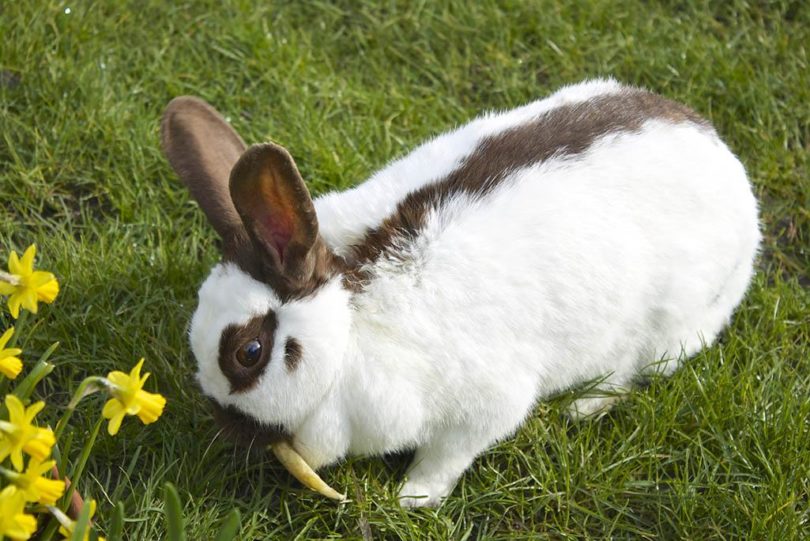
The Rhinelander rabbit comes to us via Germany, where it was created by mixing a common gray rabbit with a Harlequin, then crossing the Harlequin with the Checkered Giant doe. Though these rabbits first appeared in 1902, they didn’t reach the U.S. until 1923.
However, the Rhinelander never gained popularity here and disappeared, only reappearing in the States again in the mid-1970s. There are less than 2,000 Rhinelanders in the world today, making them a much rarer breed than others. They are on he Livestock Conservancy’s watch list.
10. Silver Fox
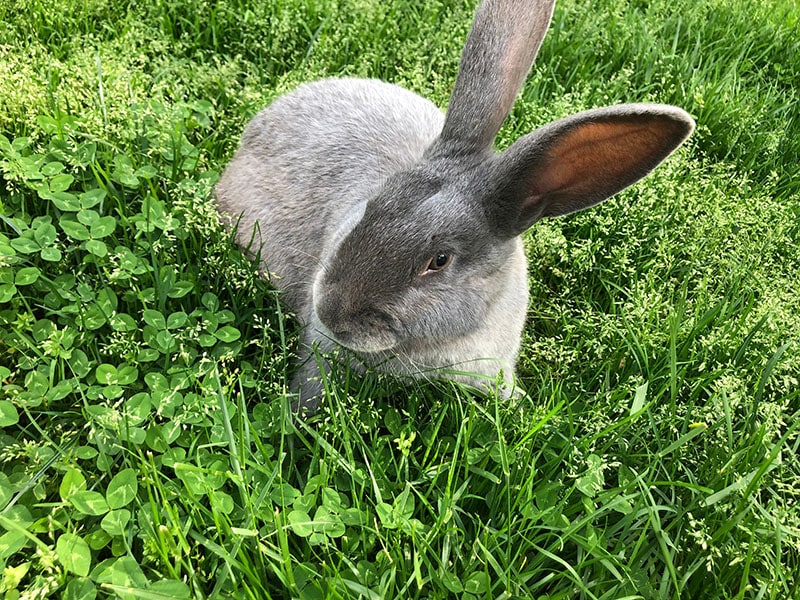
The Silver Fox rabbit was the third-ever breed created in the U.S. and was recognized in 1925 (though under its original name of “American Heavyweight Silver”). However, this breed’s numbers began to decline in the 1970s, and there are now less than 2,000 of these bunnies worldwide (though the Livestock Conservancy has listed them as “recovering,” which is promising).
Hearing the name “Silver Fox,” you’d think these rabbits had silver fur, but they have black fur with silver guard hairs; the breed was named due to its resemblance to the Arctic Silver Fox. A rather low-maintenance bunny, the Silver Fox is gentle and can deal with being handled if properly socialized, so they can make wonderful pets.
11. Sumatran Striped
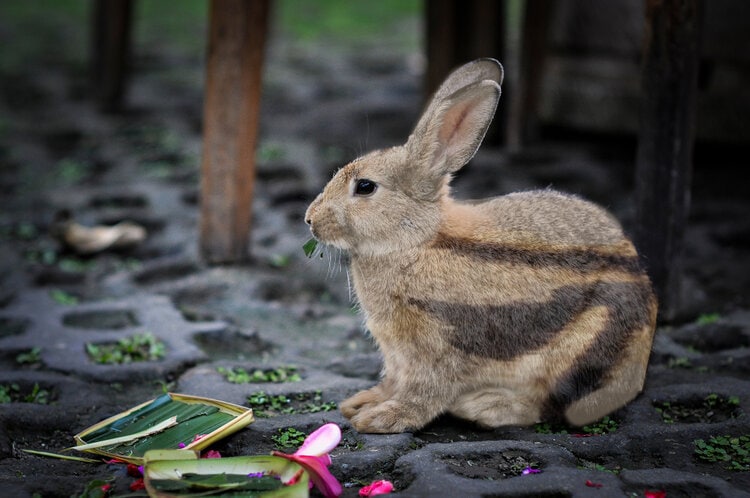
The Sumatran Striped rabbit is critically endangered due to habitat loss, but it has always been rare and elusive. They live in only one location in Indonesia. The existence of these rabbits has been known since the 1880s, but they’ve rarely been seen. One was spotted in 1972, but the Sumatran Striped rabbit wasn’t seen again until 2000! Unfortunately, you can’t get one of these rare and exotic bunnies for a pet, but they are a genuinely fascinating breed.
12. Volcano
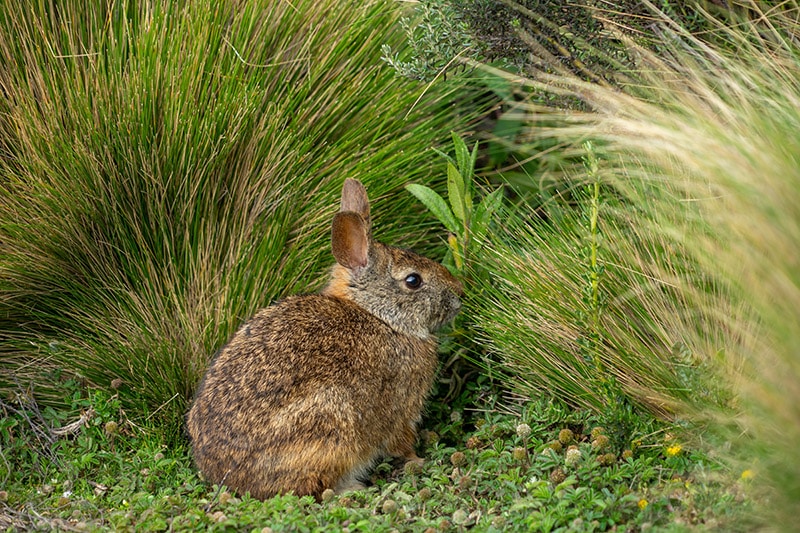
The Volcano rabbit is another endangered breed. They were named after the Mexican volcanoes near their habitats. Their habitat is gradually being destroyed, so the numbers are dwindling. These rabbits are the second-smallest of the rabbit breeds, weighing not even a pound, and are known for communicating with a high-pitched squeal rather than thumping. Unfortunately, this is another rabbit that isn’t suitable to have as a pet due to its rarity and endangered status.

Conclusion
There are several rare and exotic rabbit breeds in the world, though sadly, many are endangered or on their way there. Still, a few of them are rabbits you can keep as pets (if you can locate one). Hopefully, conservation efforts will help preserve at least some of these breeds!
Featured Image Credit: RadekBartak, Shutterstock
